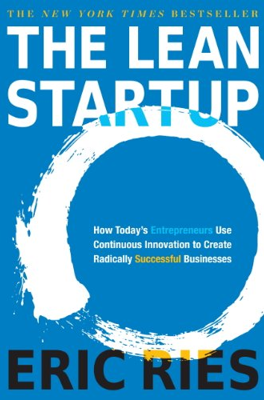Adapt
Building an Adaptive Organization
The chapter discusses the imperative of building an organization that can adapt swiftly to changes and improve processes continually to optimize performance. It illustrates this with Eric Ries' experience at IMVU, where the transition to adaptive organization involved standardizing work processes and integrating a comprehensive training program despite initial skepticism about its necessity. This was not a planned overhaul but evolved organically as they tackled one problem at a time, enhancing efficiency and skill with each step.
Speed Regulation and Quality
The pursuit of swift execution in startups must be balanced with mechanisms that ensure quality, likened to the andon cord in Toyota’s production system. This system halts the production line whenever a quality issue emerges, ensuring that problems are addressed immediately. Ries stresses that while speed is crucial, it must not come at the expense of product quality which can create more significant delays and resource wastage later due to defects and rework.
Implementing the Five Whys Technique
The Five Whys technique is outlined as a method to diagnose and resolve issues by repeatedly asking "Why?" to peel back the layers of a problem until its root cause is uncovered. This method, originating from the Toyota Production System, empowers teams to make incremental improvements in response to problems, preventing recurrent issues without requiring overwhelming investments at once.
Challenges and Tips for the Five Whys Process
Despite its effectiveness, deploying the Five Whys can lead to potential pitfalls such as the "Five Blames," where the process devolves into finger-pointing. To combat this, Ries recommends ensuring that all stakeholders are involved in the discussion to foster collective accountability and prevent scapegoating. He also suggests appointing a "Five Whys master" who has enough authority and proximity to the issues at hand to lead effective sessions and follow through on their outcomes.
Real-World Applications and Challenges
The narrative then shifts to recount how established companies like IGN Entertainment and Intuit adapted the Five Whys and other lean methods to revitalize their product development processes. These companies faced initial setbacks due to entrenched traditional practices and skepticism about new approaches. However, by persisting with iterative, customer-focused process improvements, they were able to significantly enhance their agility and customer satisfaction.
Conclusion
In growing as an adaptive organization, startups benefit from a disciplined approach to learning and problem-solving, which equips them to sustain operational excellence even as they scale. This continuous adaptation is crucial not only for solving immediate issues but also for fostering an organizational culture that can innovate and respond to market dynamics effectively over the long term.
